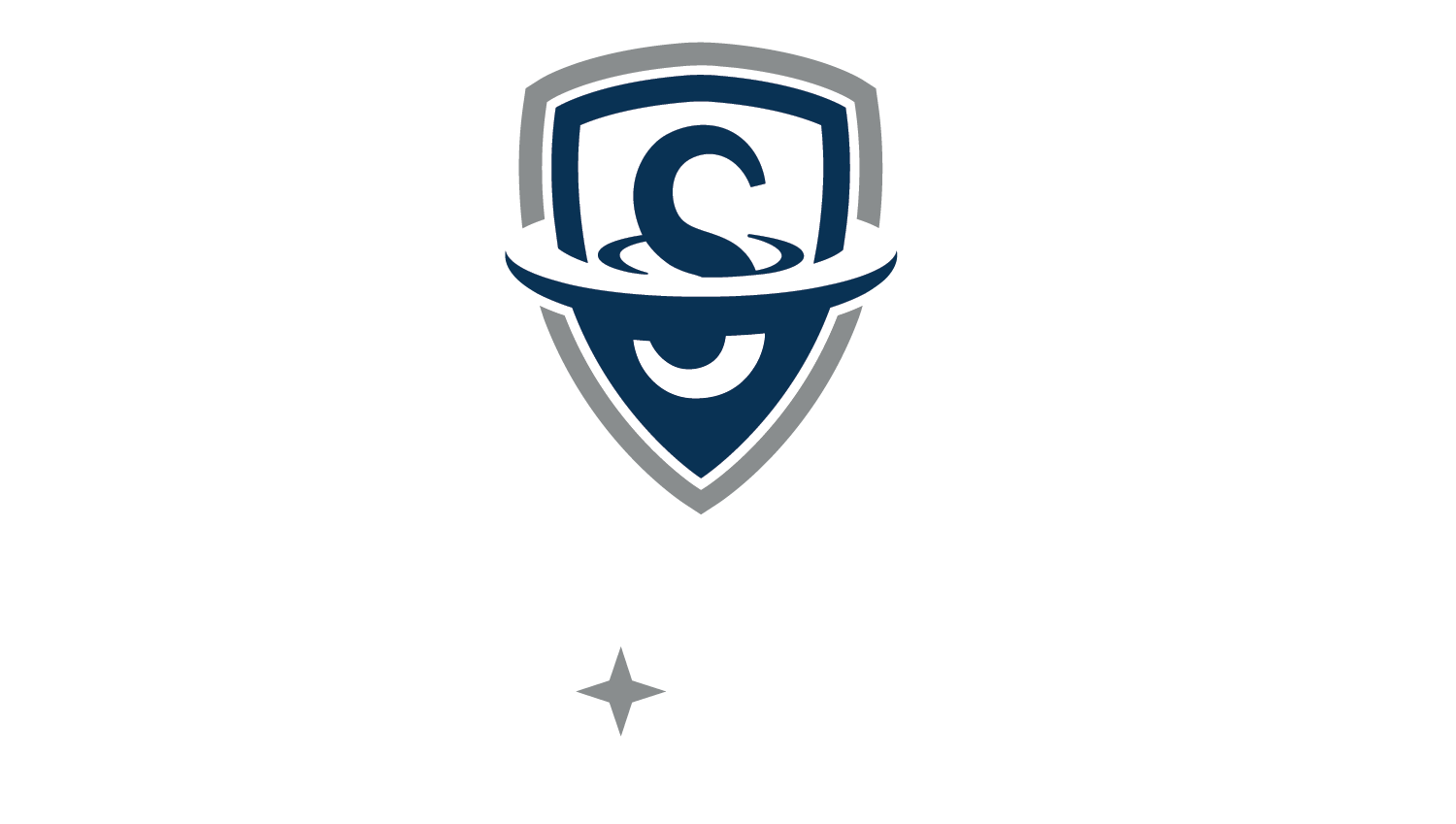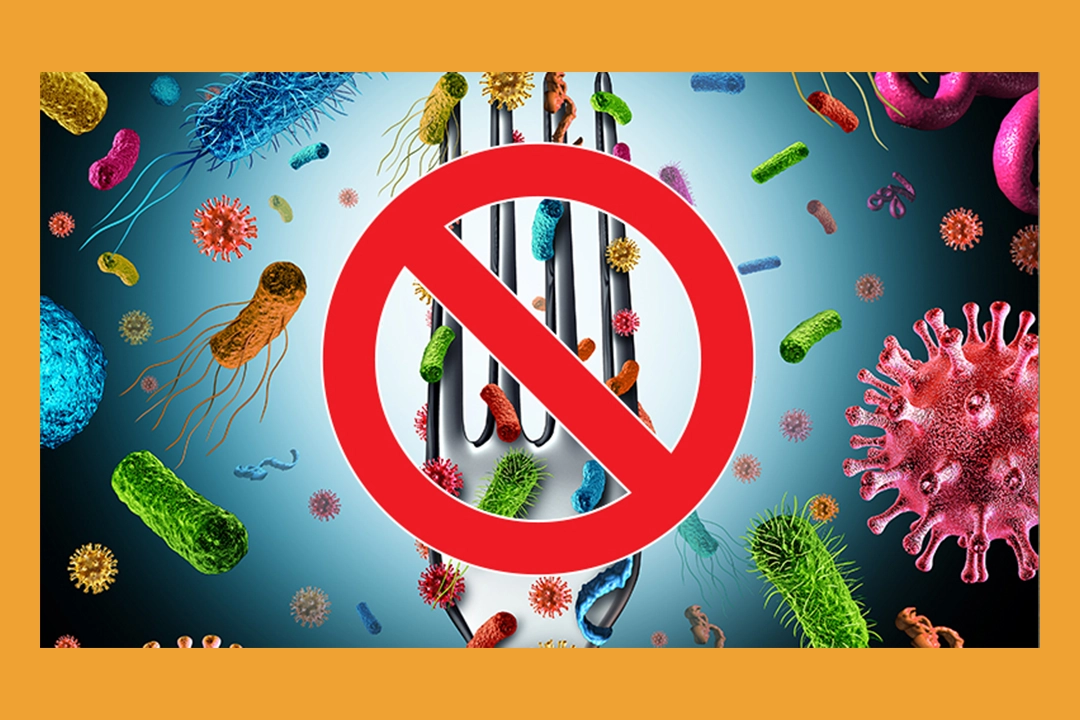Food safety, particularly preventing food contamination, is at the top of any food manufacturer’s ‘must-do’ list. Product contamination can be harmful to consumers, and cost companies millions of dollars in product recalls.
As reported in a Food Safety Magazine article in January 2016, a total of 626 food recalls occurred in 2015 based on U.S. Food and Drug Administration, U.S. Department of Agriculture (USDA) and Canadian Food Inspection Agency reports.[1] As is often the case, food allergen issues made up the bulk of the recalls.
“There can be a significant amount of money lost by dumping product because it is, or may be, contaminated,” Micah Muller, Tactical Solutions Manager at Sani-Matic, said. “And, it’s even more if you go through a recall.”
In September 2015, following a large frozen dairy recall, Fortune magazine featured a graph highlighting a recall’s cost to business. It shows 5% of recalls are estimated to cost a company more than $100 million in direct cost and loss of profit.[2]
Preventing Food Contamination.
Muller noted anything from bacteria, product spoilage, allergen cross-contamination and foreign materials present food contamination issues. Having an automated sanitary process cleaning system in place versus a manual process is an important step to reduce food contamination risk.
“First, when using automated systems, you remove the risk of human error. Second, automated systems can deliver a validatable clean by generating the same complete clean every time.”
Sani-Matic helps customers proactively address food contamination threats in the following ways:
Equipment Programming.
Programming the equipment’s wash cycles to either reuse the final rinse solution, or redirect it to drain, is a way to help prevent allergen contamination. “And, by controlling flow rate, cycle time, temperature and chemical concentration – whether in a CIP system or SaniCab cabinet washer – we create a consistent, repeatable cleaning program to help prevent contamination,” Muller added.
Equipment Testing.
Sani-Matic performs Factory Inspection Tests (FIT) on every piece of equipment before it leaves the factory. During the FIT, a Sani-Matic project engineer conducts a complete functional verification test. The engineer tests to ensure each step displayed on the HMI operates as it should and items such as weld quality and sloped piping checks are performed. The engineer goes through each step and signs off that the equipment works as it should prior to leaving the Sani-Matic factory. If the Sani-Matic services team is hired for start-up services, another functional test will be performed on-site following installation.
Beyond functional verification tests, Muller noted there is a growing trend with food processors to validate cleaning efforts, which historically has been a pharmaceutical industry process. Although Sani-Matic does not validate cleaning, its functional verification tests help make the validation process easier.
Documentation.
Sani-Matic can install chart recorders, script printers and its SaniTrend data acquisition and management system. SaniTrend provides a means of storing, retrieving and printing recipe data for Clean-In-Place (CIP) Systems, as well as others controlled by a PLC. It serves the food and beverage industries and complies with the Pasteurized Milk Ordinance, allowing it to be an approved replacement for circular chart recorders.
Built to Meet Industry Standards.
Sani-Matic ensures its products are designed and manufactured to meet its customers’ sanitary design requirements for cleaning, from 3-A to ASME-BPE standards. While Sani-Matic cannot control whether a customer’s process design is sanitary, it can provide a cleaning system that is.
“As the equipment provider, Sani-Matic’s role in helping manufacturers achieve food safety is to be certain our customers have addressed critical issues at the design stage,” stated Muller. “That is why we recommend having cleaning front of mind during the initial stages of process planning to ensure it is sanitary.”
In other words, better food safety than sorry.


